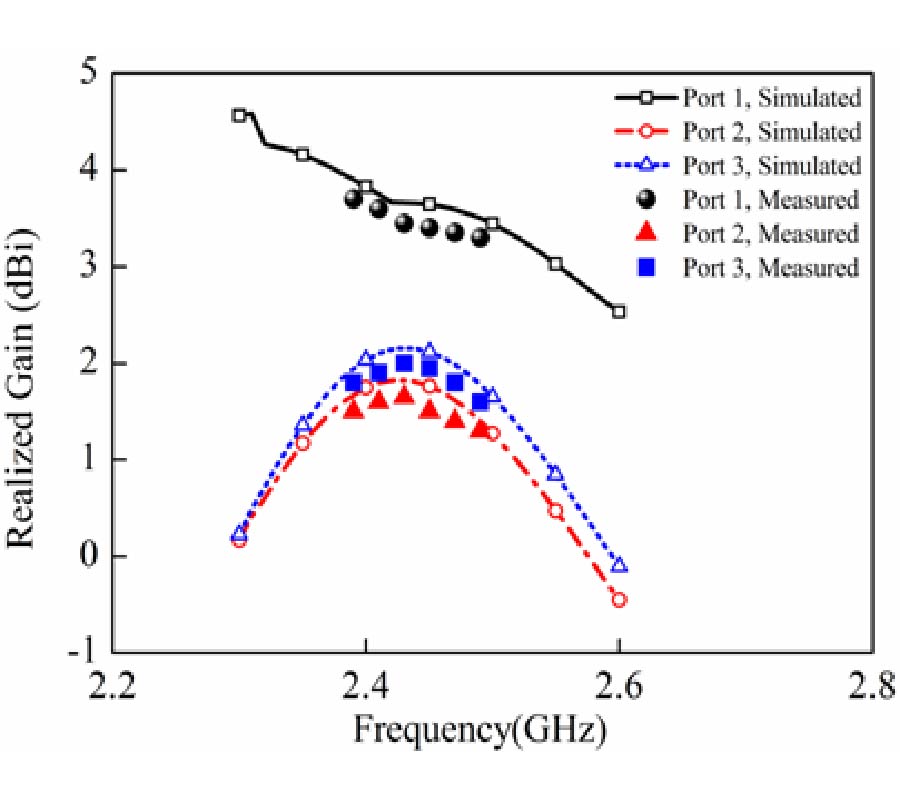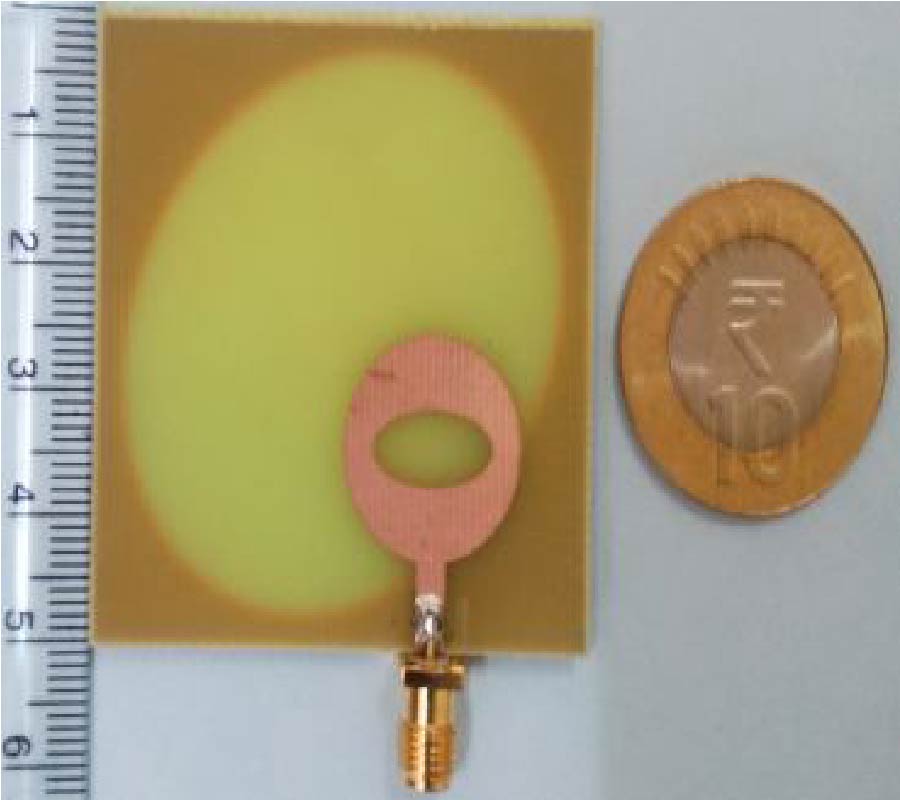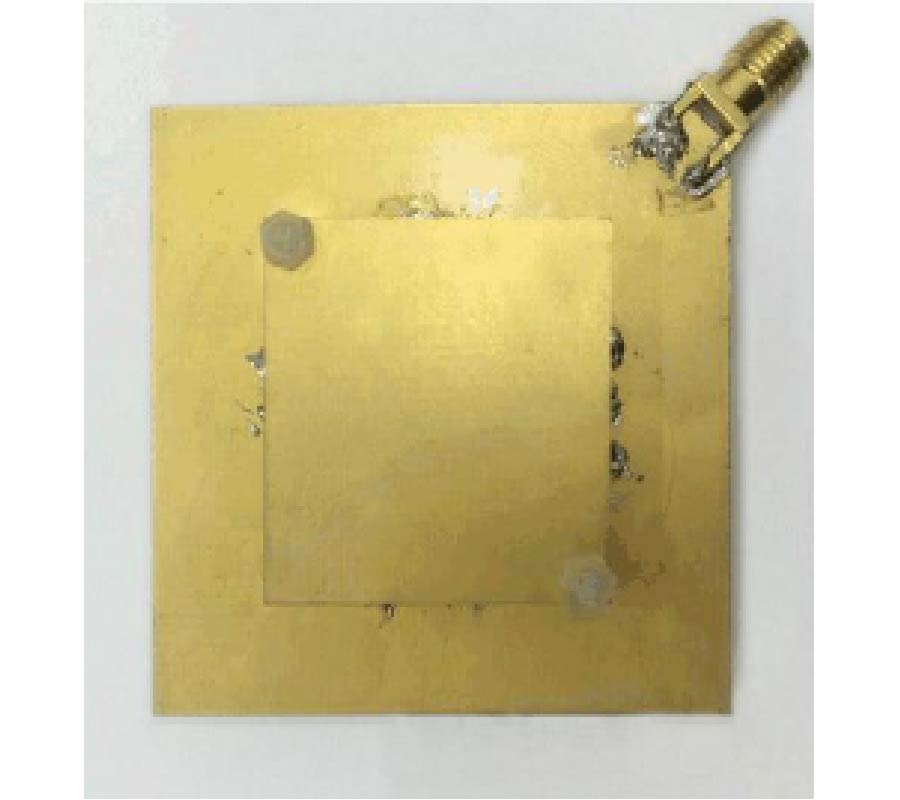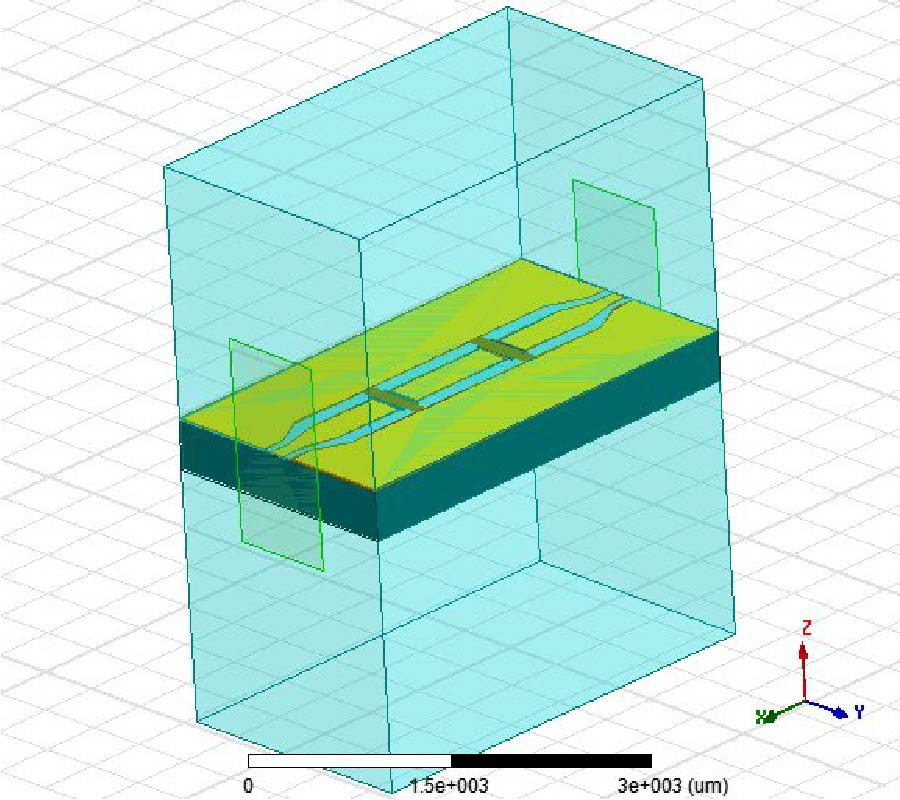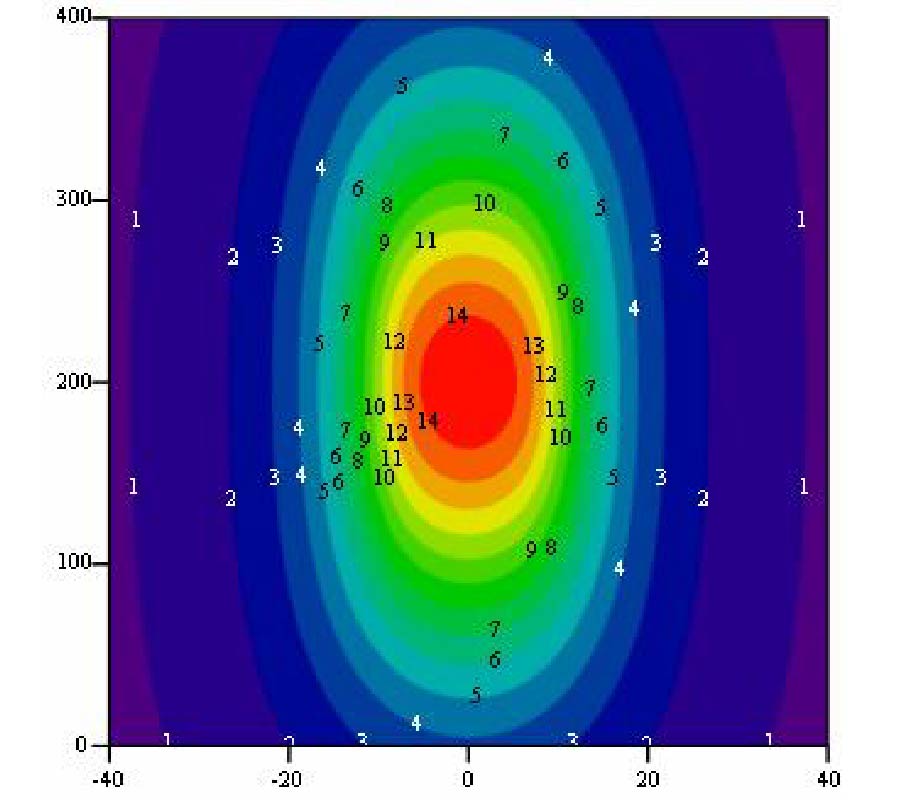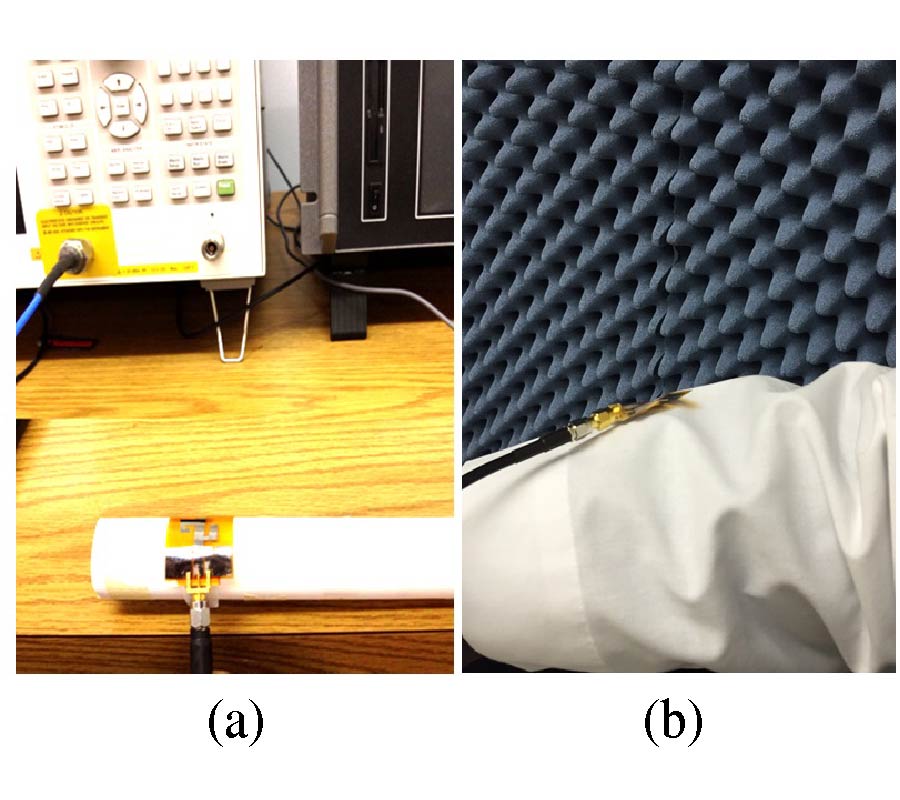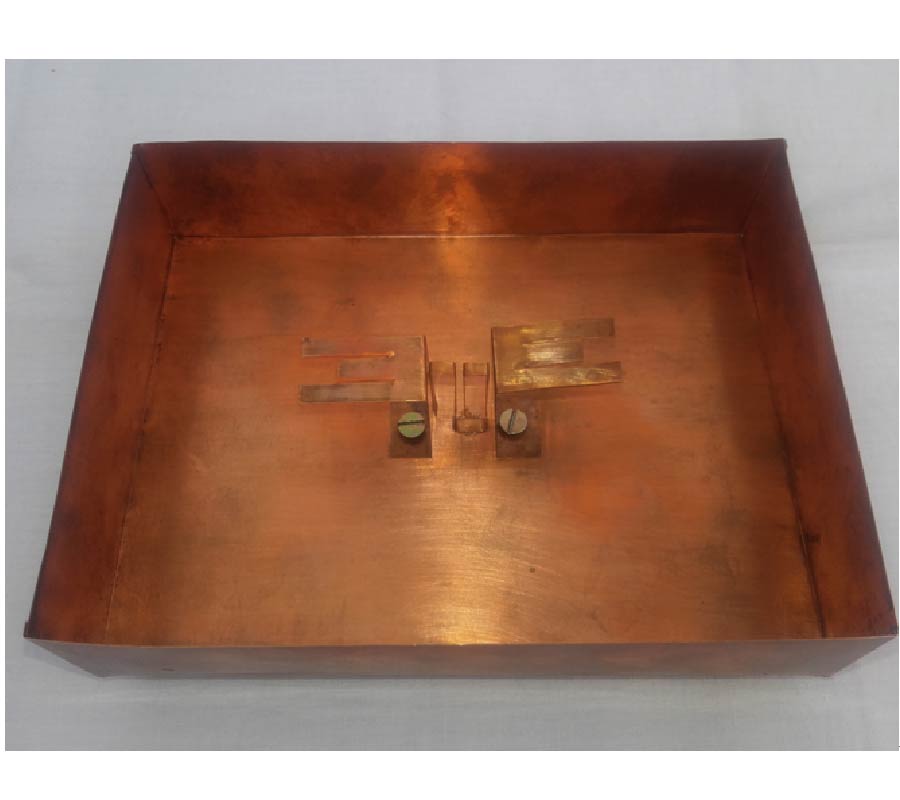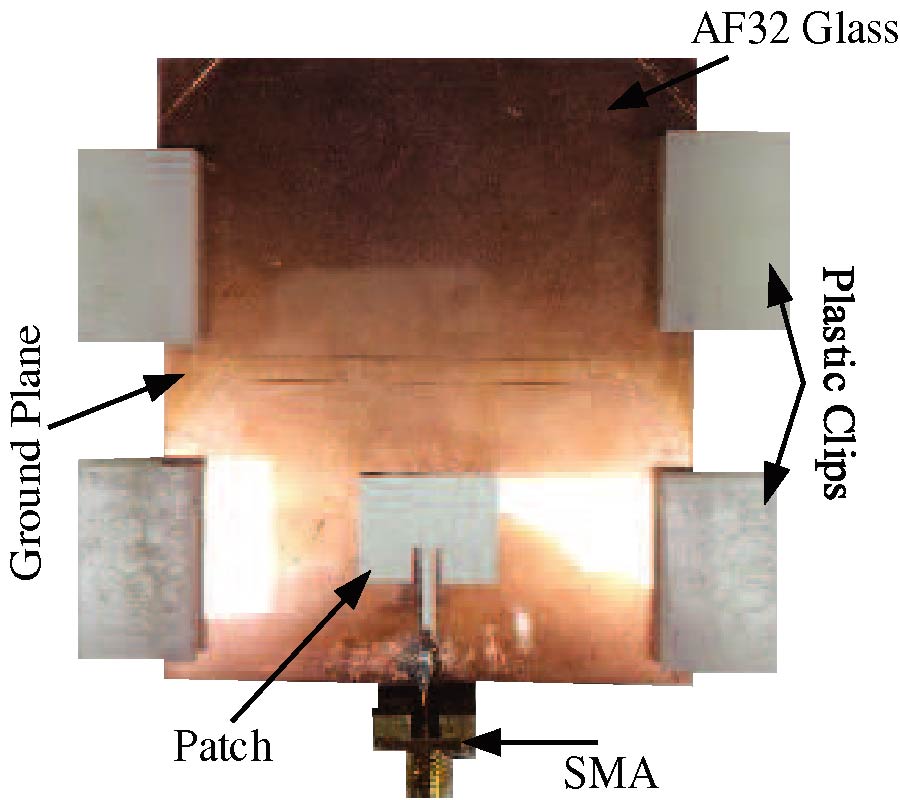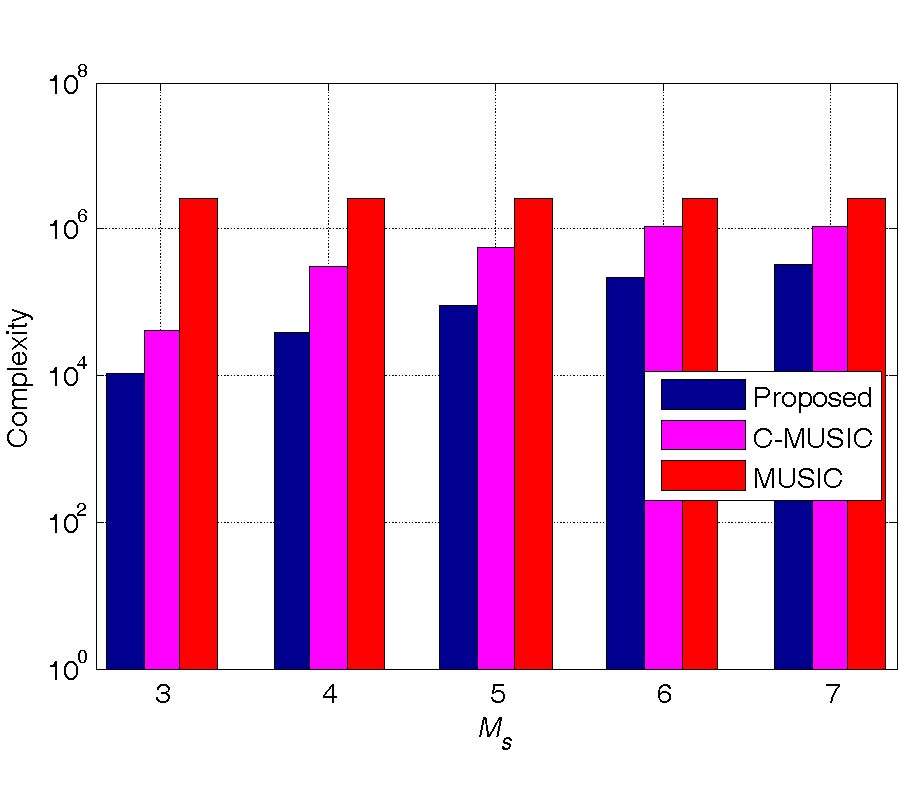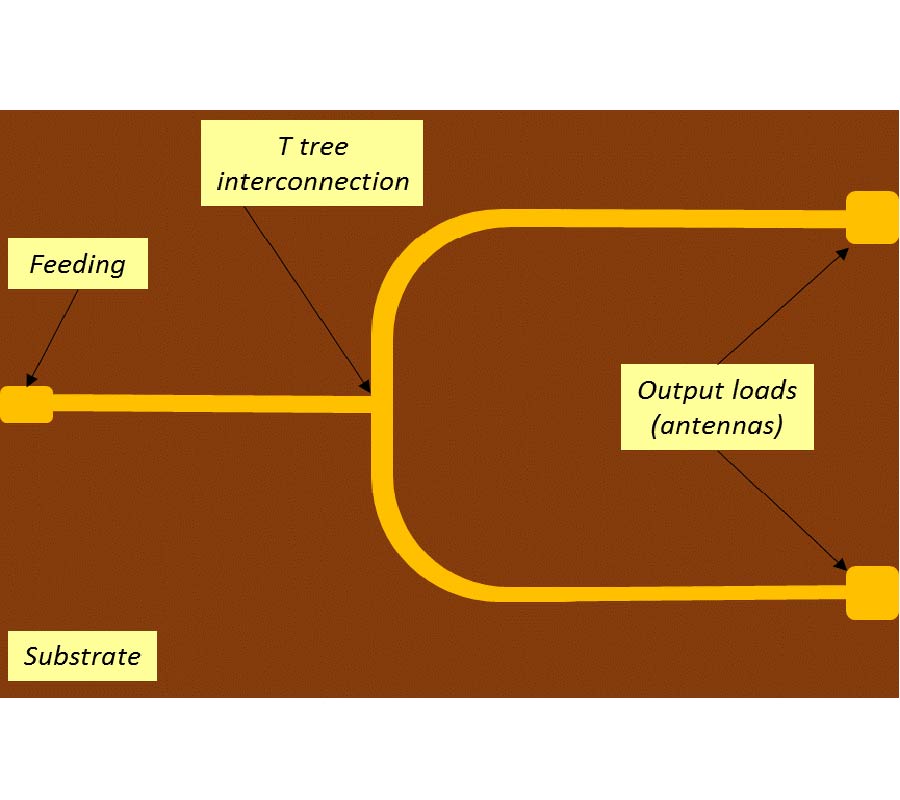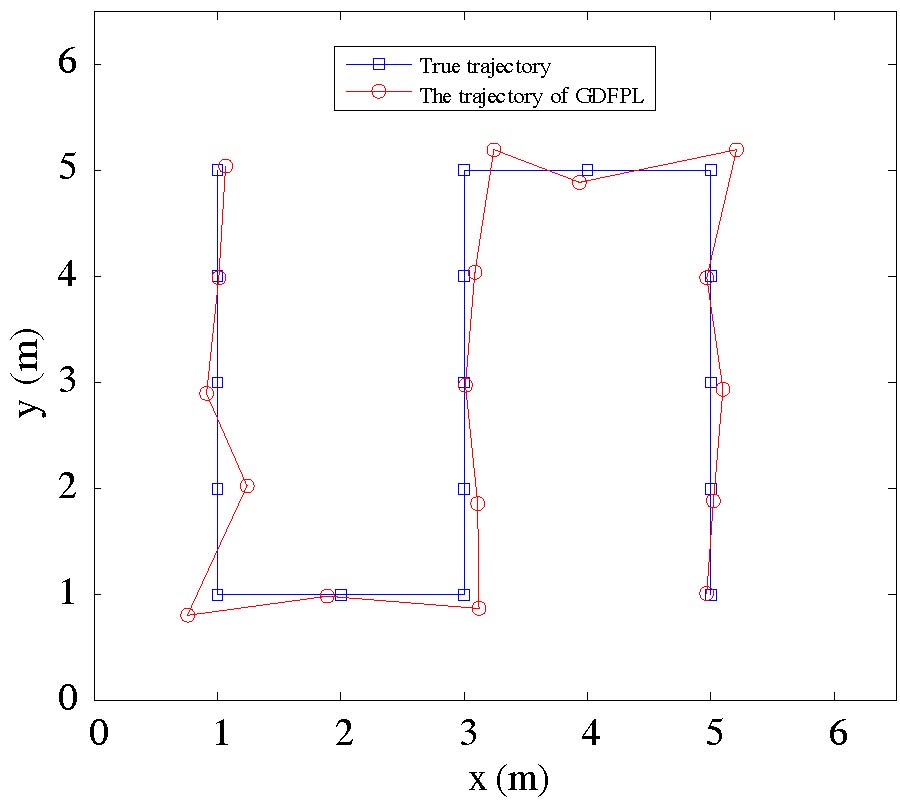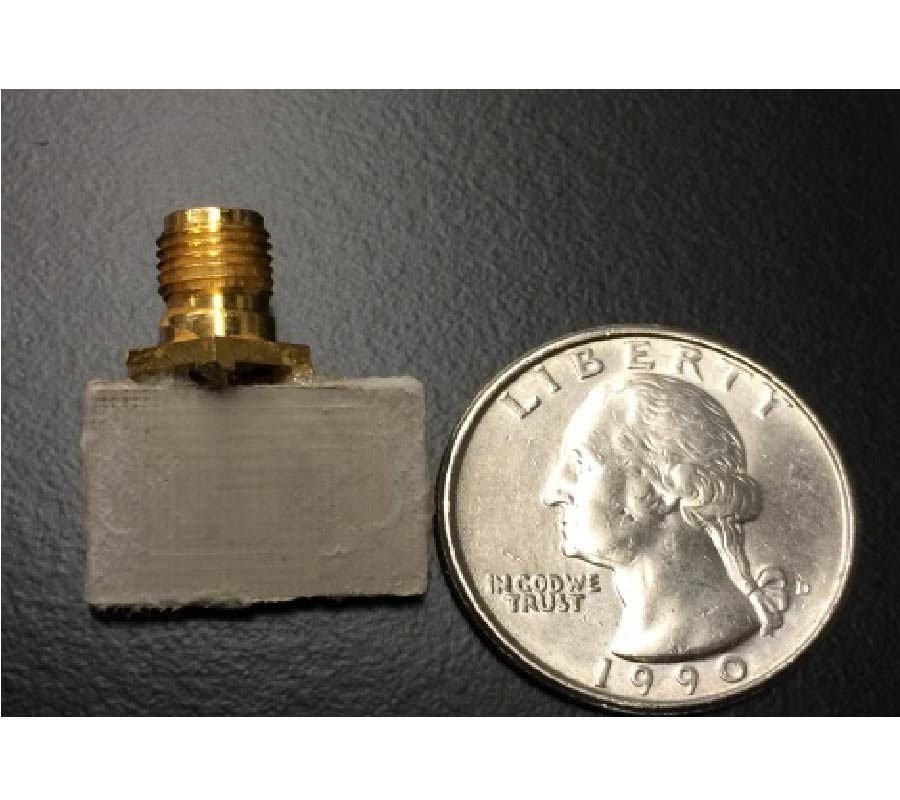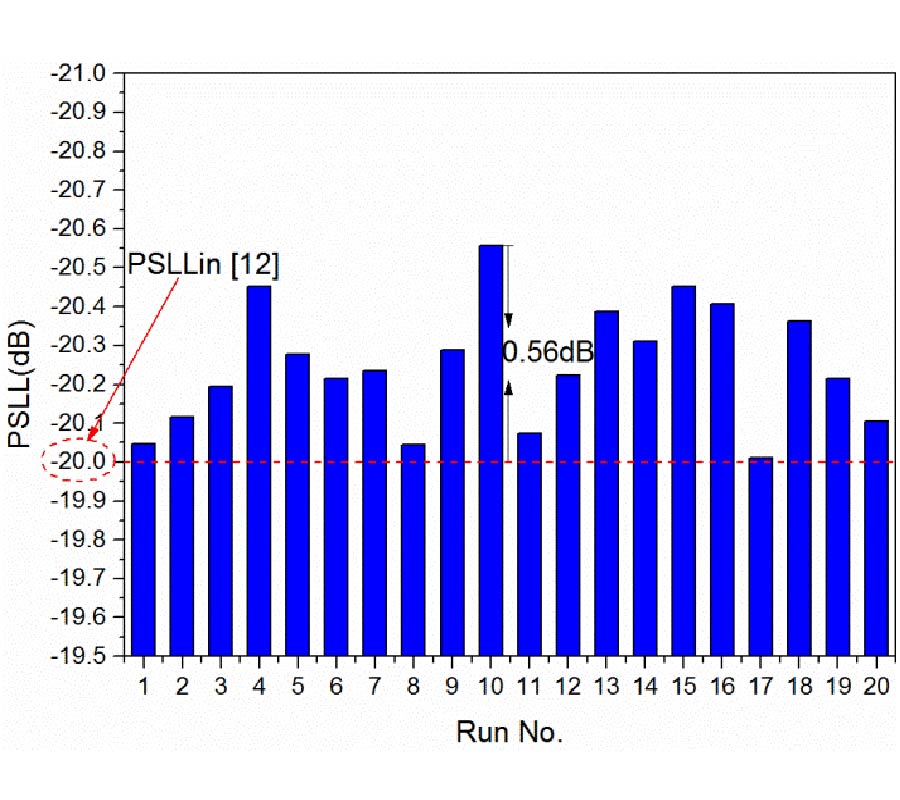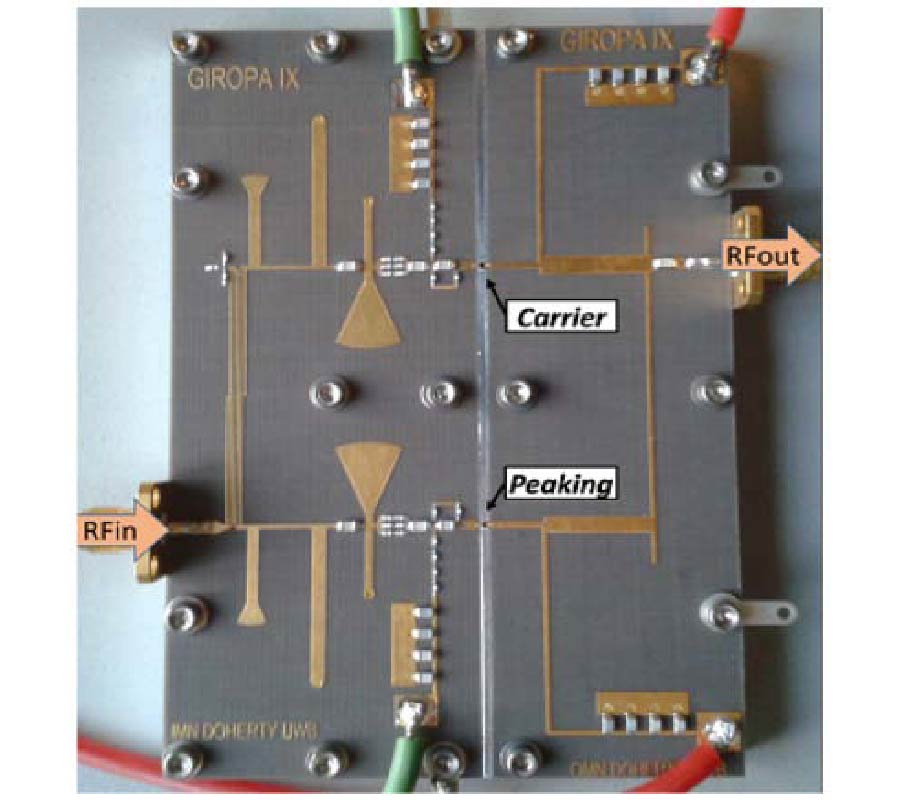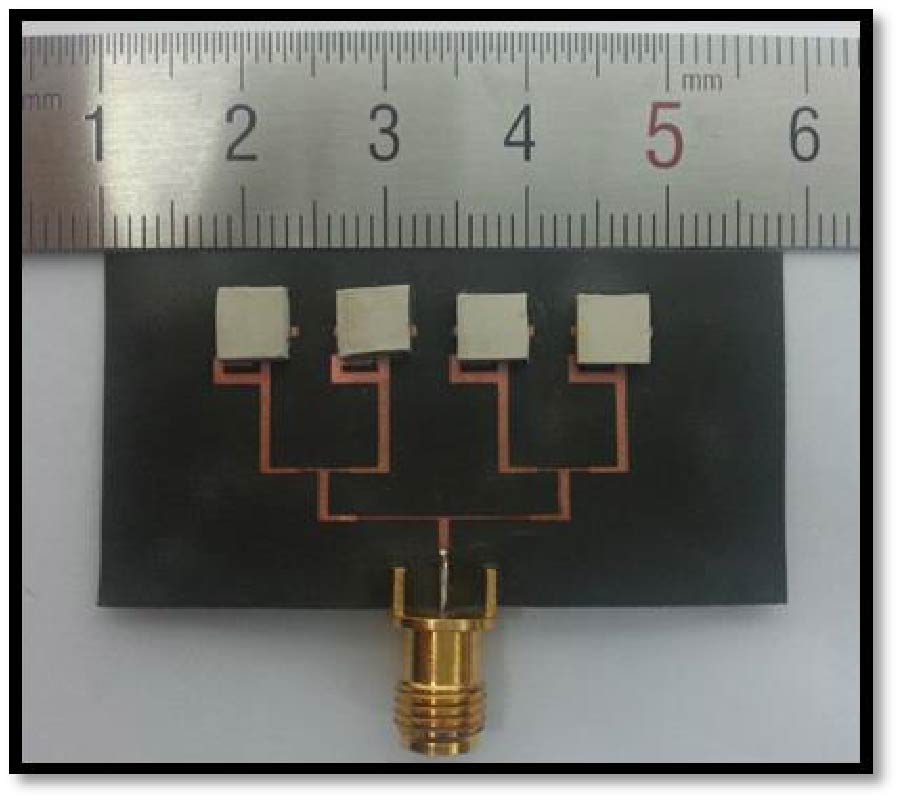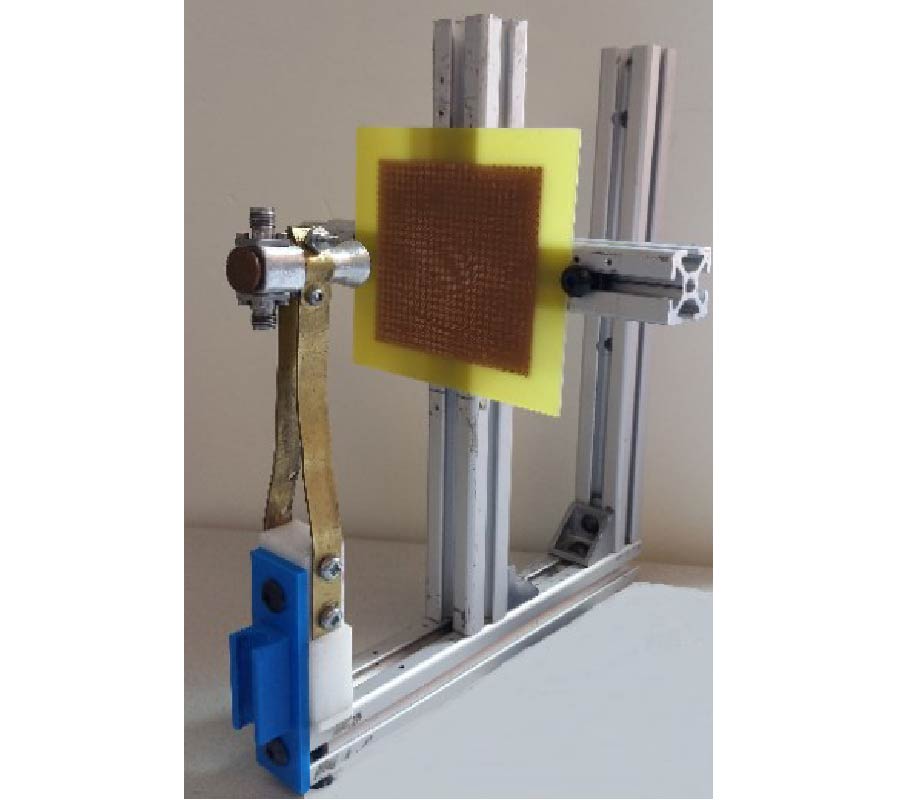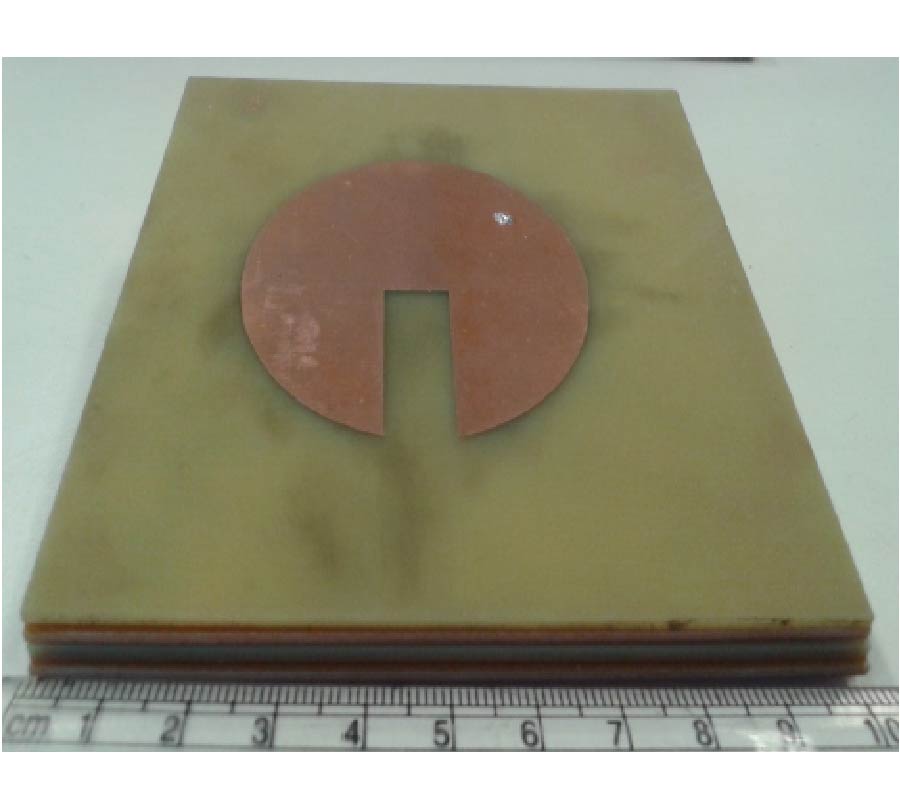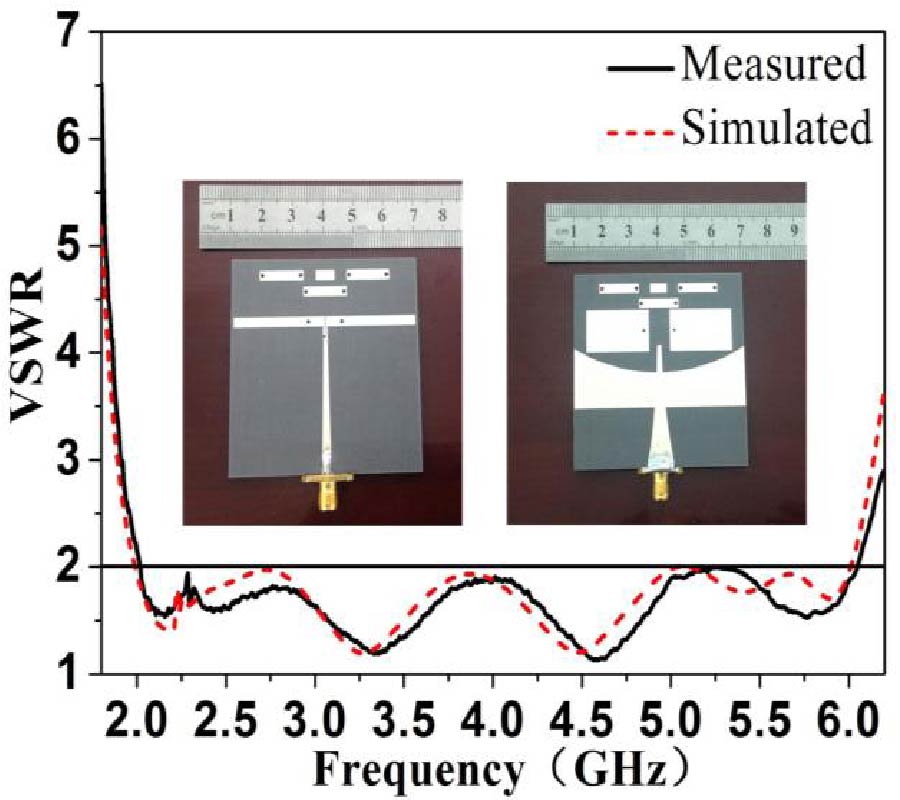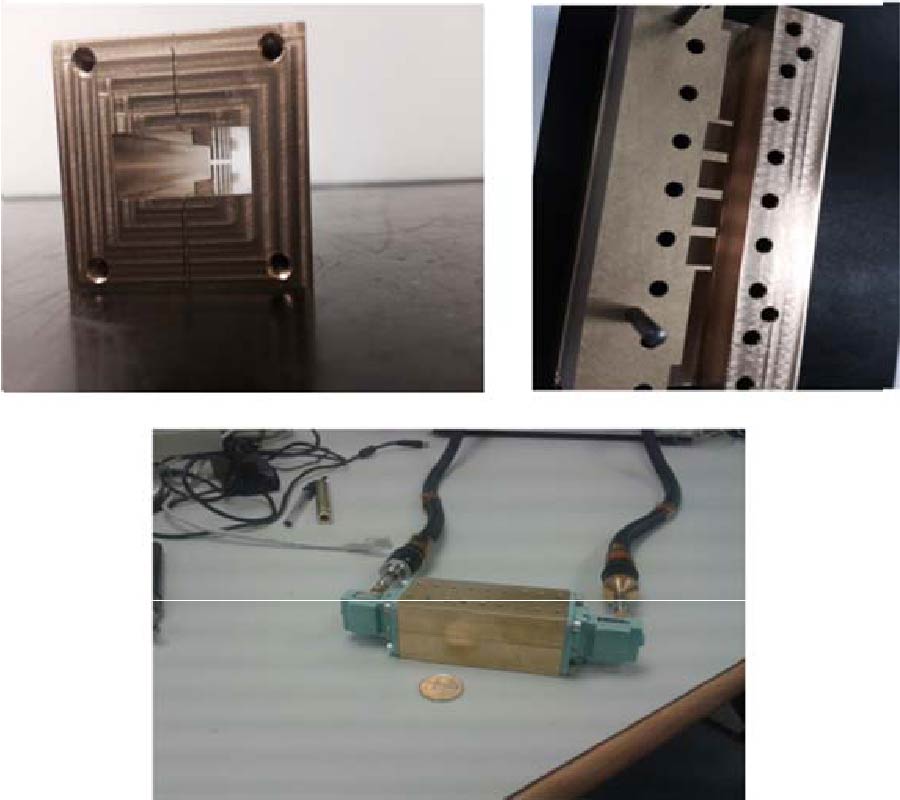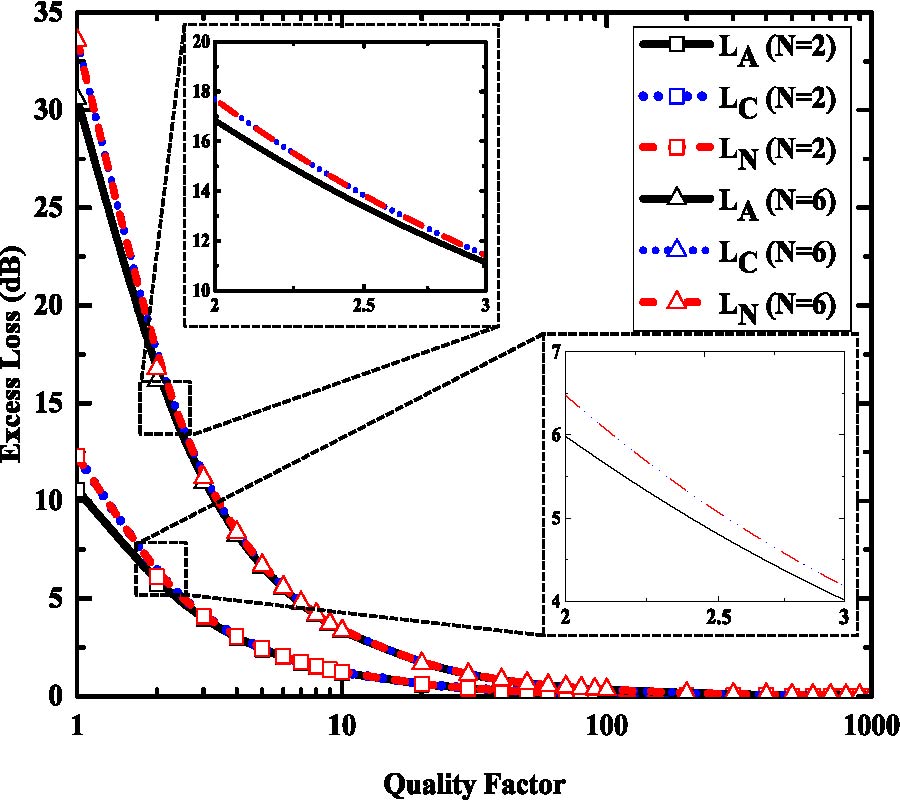2016-05-05 Latest Published
By Li Sun
Bao-Hua Sun
Guanxi Zhang
Xiao-Le Zhang
Progress In Electromagnetics Research C, Vol. 63, 209-217, 2016
Abstract
A slim tri-port antenna with polarization diversity and pattern diversity characteristics is presented for 2.45 GHz WLAN router applications. By compositing a J-pole antenna and two perpendicularly crossed dipoles, the proposed antenna achieves available vertical and horizontal polarizations covering the whole horizontal plane. Besides, the two crossed dipoles generate two orthogonal radiation patterns, making it an attractive solution for pattern diversity applications. The three antennas are integrated by sharing the bottom structure of J-pole antenna and the top structure of dipoles, resulting in a slim and compact structure. The proposed antenna is made by copper, with overall volume of only 25.5×25.5×126.5 mm3. Measure results show that return losses of three ports are all better than 10 dB and isolations between each two ports are better than 20 dB from 2.39 GHz to 2.49 GHz. Besides, simple structure, slim size, and light weight make it easy to install vertically on the WLAN routers.
